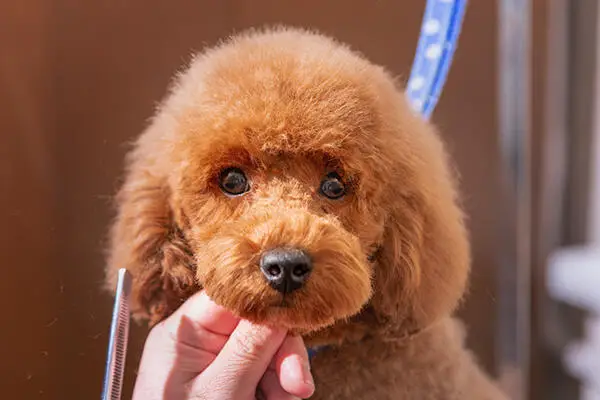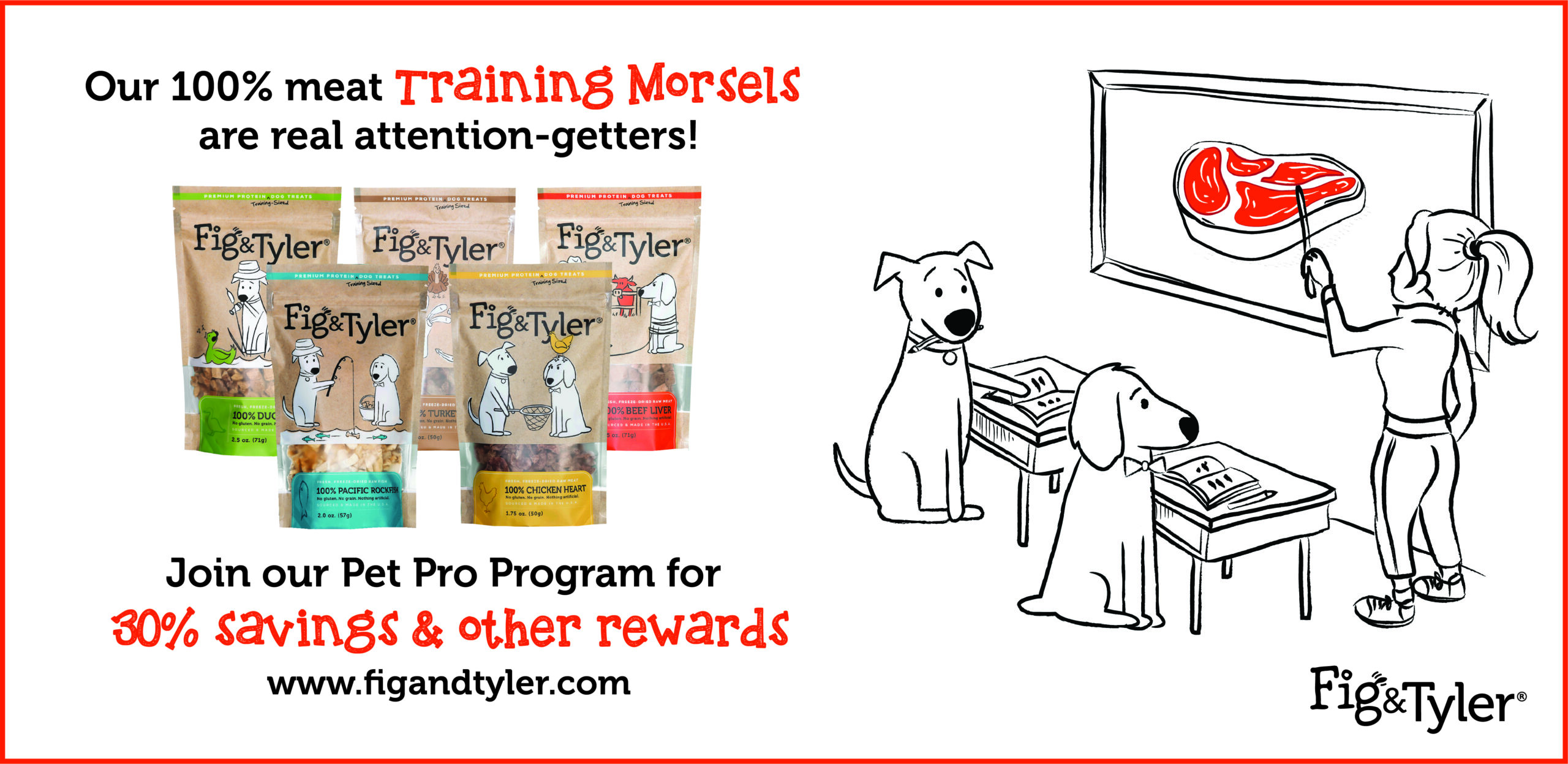Grooming can be one of the most enjoyable and rewarding career paths in the world. One can fulfill their love for animals, creativity and helping others, while ensuring that your client’s pets is healthy, happy and beautiful. If this sounds like a life you are interested in, then welcome! You are joining a community full of talent, dedication and joy, but it can still be quite the journey to becoming a full-fledged independent groomer. This is where Wahl Animal can help.
Wahl Animal ELITE Educator, Sue Watson, is a third-generation pet stylist whose career stretches over 40 years. As a “Certified Master Groomer”, Sue has achieved many successes that have helped her teach other groomers the lessons she learned along the way, which she shares below.
What type of education should someone look into if they are interested in becoming a professional dog groomer?
First, you should consider looking in your area to see where you could become a bather to properly learn how to wash a dog. It’s important to learn how to work on other people’s animals outside of bathing your own dog – each dog is different. Starting as a bather can help you understand how dogs work, how to handle a dog, how to handle the fear of working with a dog that’s difficult, and with all this, it’s going to help you become a better groomer. It’s essential to understand dogs and how they think. It’s not like your own pet in your own home, so learning how to handle different temperaments is vital.
Wahl Animal suggests that, in addition to getting hands-on experience at a salon, star your career with a grooming school, like Animal Behavior College (ABC), to completely understand all aspects of dog grooming.
What clippers are recommended for beginners?
Sue Watson suggests that you need to invest in a reliable, heavy-duty clipper. “I recommend Wahl Animal. I turn to Wahl Clippers because they are easier and lighter to maneuver with of the balance in the KM Cordless™. When you’re using your hands as your main tool of work, equipment and how it handles becomes very important. So, finding something lightweight that has a good balance to it will help with hand clipping and the prevention of carpal tunnel and the clamping in your hand.” A 5-in-1 clipper, like the original 5-in-1 Arco®, is also convenient to have in your arsenal of supplies because of its versatility.
A 5-in-1 clipper includes five blades in one clipper, allowing you to easily switch between a #9, #10, #15, #30 and #40 blade. Having multiple blade lengths in your hand at one time saves you time while grooming, giving you a faster turnaround time to fit more clients in.
Do you have any advice for working with clients to ensure their dog receives a healthy groom?
One of the most important jobs of a dog groomer is to educate pet owners on the upkeep they have to maintain between grooms. Sue said,
“You need to stress to your clients that you will practice humanity over vanity. In some cases, you have to do a lot of brushing on the dog to get the look that the customer wants, if they are not taking care of the coat at home. In my opinion, it’s unfair to put a dog through the level of discomfort that lengthy brushing can cause. The dog doesn’t say it hurts, but they may lash out. So the kind of things you can teach your client, is you practice humanity, what’s safest for the dog, over vanity, which is what the client wants to see.”
Becoming a great groomer doesn’t happen overnight. With practice, you’ll continue to grow and understand your clients more and more through each appointment. Remember, experienced groomers make it look easy, but they didn’t start out that way. That comes with years of experience and handling of a dog and figuring out what’s best for you. Sue said, “You want your clients to love their grooming experience, so the best way to do that is to do the kindest thing for him and do understand that.”
How do you approach grooming the dog? Where do you even start?
What works for you might not work for other groomers. Sue said, “I start at the back end of the dog and work my way forward. It gives the dog an opportunity to have your hands on him, getting used to the feeling of what you’re doing, If he’s not used to being groomed, it gives him that opportunity to get used to the feel and vibration of the clipper.” Starting from the tail and working towards the head gives the dog enough time to become comfortable to the process before starting on the face. “By the time you get to the face, the dog knows what to expect by the feelings of your hands and they feel more settled, more at ease.”
How about as I get closer to the dog’s face?
Desensitizing a dog to a clipper is important prior to touching or trimming the face. Sue generally uses a Wahl 5-in-1 clipper on the head and face of a dog, instead of doing the entire head/face with scissors and shears. After trimming with a 5-in-1 clipper, Sue will neaten with her scissors, which saves you time while grooming.
What’s one lesson you wish you knew when you were starting as a groomer?
Sue gave the advice of, “Patience. I think when starting out, we automatically assume that dogs understand what we are doing throughout the grooming process. What I think we don’t always recognize is if they have had a bad experience at a previous grooming shop, their behavior may come from mistreatment or misunderstanding from what’s expected of them. This can cause more tension between you and the pet. Having the patience to understand that all dogs are unique, just like people, and, sometimes, it’s a learning process for them to trust a groomer again to where they’re not afraid is my number one tip of advice.”
Working as a groomer is an amazing experience, and there are so many animals and clients in the world who are waiting for your talent and your care! With Sue’s tips in mind, we hope you can feel more comfortable stepping into the world of grooming and can begin a long and memorable career making sure animals are healthy, happy, and beautiful!

